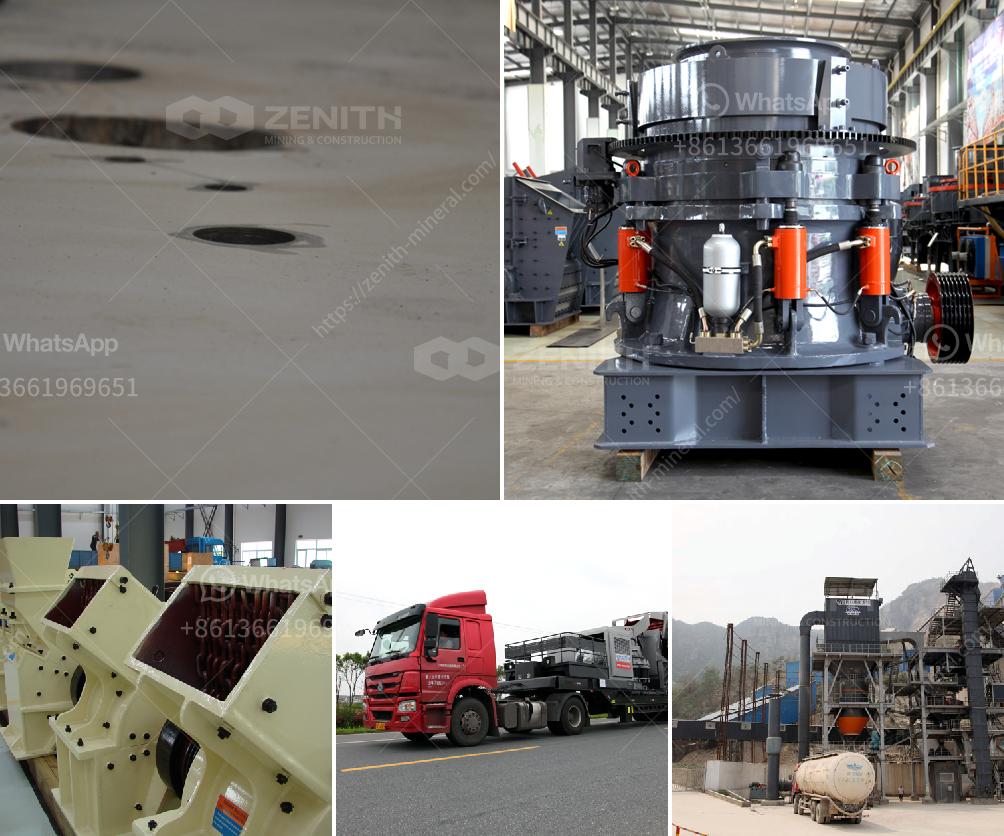Installing a crusher equipment involves a series of detailed steps to ensure that the machine is set up correctly and operates safely and efficiently. Here's a general guide to help you through the process:
-
Prepare the Site
- Safety First: Ensure that the area where the crusher will be installed is free from obstructions and safety hazards.
- Foundation: The crusher will need a stable foundation. Depending on the model, this may involve concrete slabs or steel structures.
-
Gather Tools and Materials
- Make sure you have all the necessary tools and materials specific to your crusher model, including wrenches, lifting equipment, bolts, and alignment tools.
-
Review the Manufacturer’s Manual
- Documentation: Read the installation guide and user manual provided by the manufacturer to understand the specific requirements for your crusher model.
-
Delivery and Unpacking
- Inspection: Upon delivery, inspect the equipment to ensure there are no damages. Unpack the components carefully.
-
Assemble the Components
- Base Assembly: Start by positioning the base of the crusher. Ensure it is level and secure it according to the manufacturer’s guidelines.
- Main Frame: Lift and place the main frame onto the base. Secure with bolts, ensuring all are tightened to the recommended torque settings.
-
Install Additional Parts
- Conveyor Belts and Feeders: Attach any conveyors or feeders that are part of the installation. Ensure they align correctly with the crusher.
- Hopper: Assemble and attach the hopper or feeding unit.
- Motors and Drive Systems: Connect the motors and drive systems according to the manufacturer's specifications.
-
Electrical Connections
- Safety Precautions: Follow electrical safety guidelines strictly. Ensure that the power supply is disconnected while making connections.
- Wiring: Connect the electrical components according to the wiring diagram provided. This may require a qualified electrician.
-
Lubrication and Fluid Levels
- Initial Lubrication: Fill all necessary lubricants as specified in the manual.
- Check Fluids: Ensure all fluids (e.g., hydraulic, oil) are at the correct levels.
-
Testing and Calibration
- Test Run: Conduct a test run without load to check for proper operation.
- Adjustment: During the test run, listen for unusual noises and check for vibrations. Adjust as necessary.
-
Safety Checks
- Guarding and Safety Devices: Ensure all guarding and safety devices are in place and functional.
- Emergency Stops: Check that all emergency stop mechanisms work properly.
-
Final Inspection
- Double-Check: Go through a final checklist to confirm that all bolts are tightened, electrical connections are secure, and safety checks are complete.
-
Documentation and Training
- Record Keeping: Document the installation process and maintain records for future reference.
- Training: Provide training for operators and maintenance personnel on the correct operation and maintenance procedures.
Remember, the above steps are a general guide and may need to be adjusted based on the specific type and model of the crusher equipment you are installing. Always refer to the manufacturer's manual for precise instructions. If in doubt, consult with a professional installer.

